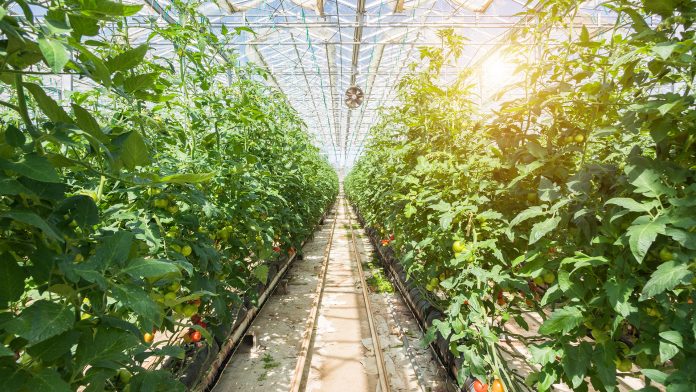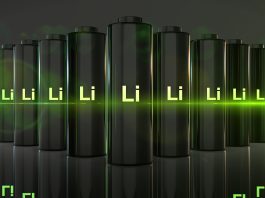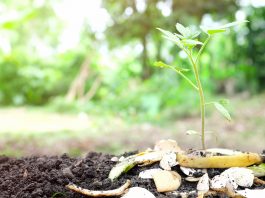Researchers at Karlstad University have investigated and developed intelligent control systems for greenhouse lighting by employing locally produced renewable energy.
Sweden’s continuing shift to fossil-fuel free energy production necessitates more local energy production, explained Jorge Solis, Associate Professor of Electrical Engineering. The closing of nuclear plants, combined with an enhanced power consumption and increasing electricity prices, leads to a necessity of utilising renewable energy sources. Fused with battery energy storage, it is possible to store the generated electricity and use it whenever it is required. There is enormous potential to initiate smart solutions for efficient energy usage in industries involving lighting and food production, for example, in greenhouses. Using a high percentage of locally produced renewable energy, Karlstad scientists have been able to develop intelligent control systems for greenhouse lighting. In a novel greenhouse on the University’s campus, tomatoes will be grown utilising solar cells and a battery backup that can store any surplus electricity that is generated.
Intelligent control systems
In the project being undertaken by the Karlstad team, a greenhouse has been constructed and furnished with climate control and a solar energy system, accompanied with a battery energy storage. Now, an intelligent control system is being established, which will enhance lighting installations in greenhouses, making use of a high percentage of locally sources renewable energy.
This will be achieved through intelligent control techniques, machine learning algorithms and optimisation methods of the built-in lighting controls. Through this, it is possible to reduce energy consumption. As well as this, lighting installations can be augmented and modified to utilise a higher percentage of locally produced renewable energy.
Greenhouse operating with renewable energy
The greenhouse was constructed on top of the roof of the recycling station at Karlstad University, and the climate control has been operational since December 2021. The solar cells were positioned on the roof of the sport hall, and the battery system has been functional since October 2021. Both the climate control and the parameters of the battery system are logged in real time and are remotely controlled through a computer in the greenhouse. This novel greenhouse is now being used to grow produce such as tomatoes.
Research and education
This is an exciting project where Karlstad can engage its students, for example students in Electrical Engineering and Mechanical Engineering, explained Jorge Solis. Undergraduate students in Electrical Engineering have previously made a study visit to the greenhouse in order to attain a broad view of the project and to open up the prospect of internships or degree projects. The University also has a visiting doctoral student from the Tokyo Institute of Technology, who is contributing in the research.
Karlstad University’s has partnered with the Swedish University of Agricultural Sciences, Glava Energy Center and SC Burman AB for the project The Swedish Energy Agency has granted 3,575,486 kr (around £288,800) to the project, which lasts until 30 November 2025.









